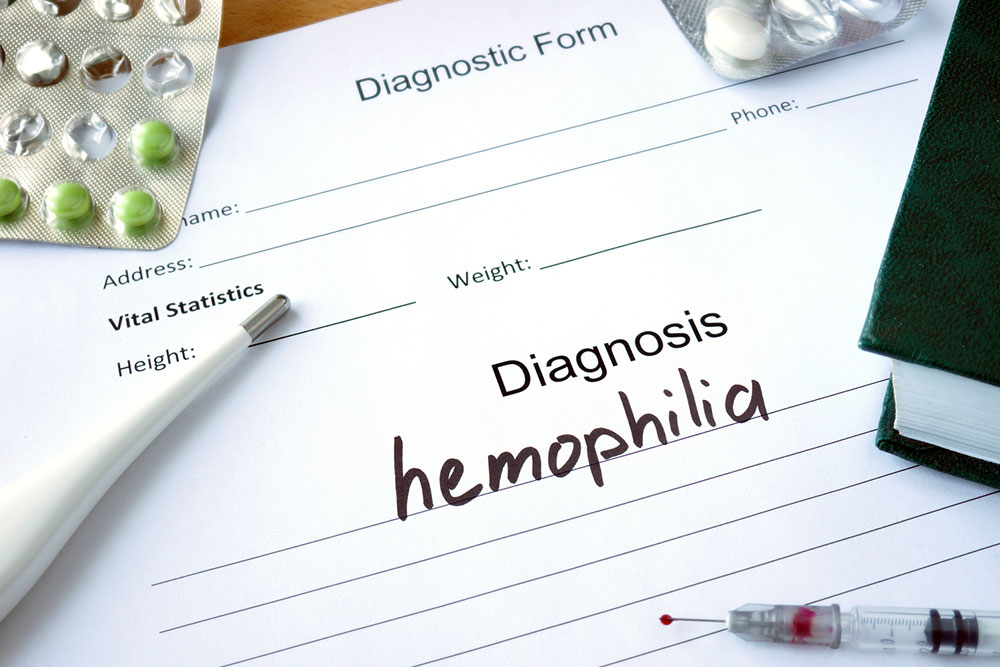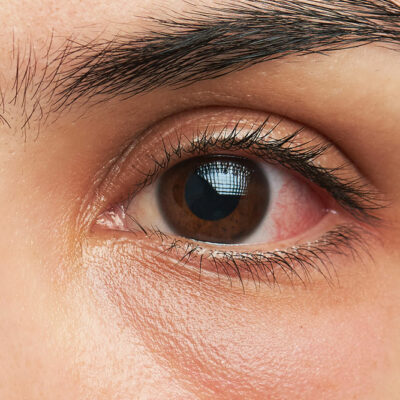
All about hemophilia
Hemophilia is a very rare disorder in which the blood fails to clot in collaboration with platelets. Normally, if you have a sufficient amount of blood clotting factors, your blood clots after an injury in some time. However, when you are suffering from this disorder, your blood takes longer to clot causing you to bleed more than normal. Hemophilia, in some cases, is genetic and can be fatal if not treated with care in time. It could also sometimes lead to internal bleeding, which could affect your organs and tissues.
Symptoms
There are several symptoms of this disorder
- You may observe some amount of blood in your urine.
- There can also be traces of blood in your stool.
- You may observe certain deep bruises on your body.
- You may also find yourself having large bruises for which you don’t have any explanation.
- You may experience excessive bleeding due to this disorder.
- You may also experience bleeding in the gums.
- There will also be a sign of frequent bleeding of the nose.
- Additionally, you may experience joint pains and tight joints.
- Many children affected with this disorder, may experience irritability.
Causes
Hemophilia can be caused due to several factors. In normal conditions, during bleeding, your body forms a blood clot with the help of several clotting factors. Therefore, one of the main causes of this disorder is the lack of one or more blood clotting factors. As we all know, hemophilia is a genetic disorder. But in some people, this disorder is caused by spontaneous mutation. There is one more form of hemophilia, which is known as acquired hemophilia. This occurs when the immune system attacks the blood clotting factors. This happens because of various reasons, like pregnancy, an autoimmune condition, cancer, and multiple sclerosis.
Diagnosis
In the case of genetic hemophilia, the babies are recommended to undergo the tests for the condition. However, if the baby has no family member with hemophilia, but doctors find any new mutation signs, then they will perform a blood clotting test. After this examination, doctors will perform another examination called factor assays to get a better idea about the cause of the bleeding disorder.
Treatment
Replacement therapy is utilized to treat hemophilia. In this treatment, the missing or the factor that causes lower blood clots can be replaced or provided to the patient with the help of an injection. Another treatment utilized for hemophilia is the use of recombinant clotting factors. These are the synthetically produced factors and are more likely to be utilized because there is a low risk of infection in this treatment.
This is some of the detailed information about hemophilia. If you find yourself suffering from any of the above-mentioned symptoms, visit a doctor and get yourself treated immediately as it could lead to fatal consequences.


